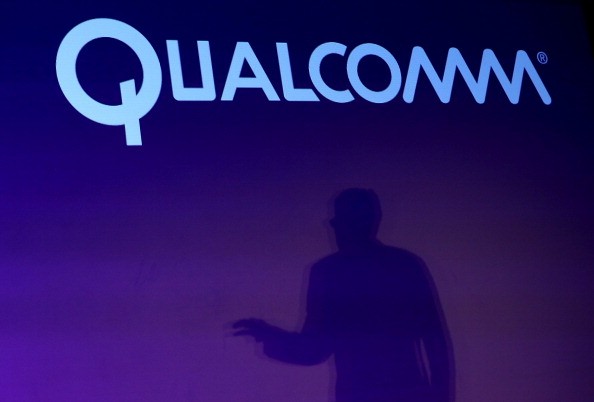Qualcomm is already taking the lead with the new 5G radio prototype as they demonstrated during the Mobile World Congress 2016 in Shanghai.
The new and upcoming network standard is far from commercial rollouts yet but the infrastructure and groundwork are already underway with testing and such. Manufacturers, carriers and operators are already scrambling to invest in 5G as they expect it to become the next big thing in the following years for the Internet of Things.
Qualcomm recently showed their prototype 5G base station and terminal at the MWC Shanghai. The demonstration comes after the 3GPP finalized the standards for the ultra-low power version of the LTE for the IoT industry.
It means that 5G is slowly being tested and implemented for future IoT solutions complete with the added benefits and features. The final 5G IoT specifications are expected to be revealed in the second phase which is slated for 2020, EE Times reported.
Two of the new key features for Qualcomm's 5G New Radio (NR) prototype is support for ultra-low latency as low as one millisecond and support for wider channel bandwidth of up to 100MHz in order to reach more than 3Gbit per second in data transmission rates.
5G applications will include fixed IoT installations for both home and enterprise use, high bandwidth infrastructure, connected cars and drones. Of course, it would also be available for smartphone use in a much later date.
Users will be able to use 5G mmWave technology and still have 4G connections for a fallback, Forbes reported. Qualcomm has also announced prototype 5G systems that would be able to reach a ranges between 28 up to 60GHz and probably even more in the future for enterprise use.
Qualcomm VP of Engineering for corporate R&D John Smee said in a statement: " We are trying to expand the ecosystem. 3G and 4G were pretty straight forward more efficient services for the same market, but the goal for 5G is to enable new business models, product types and form factors like VR headsets."
5G network standards are still being worked out among carriers and hardware manufacturers. Further testing will still be conducted and it could take several more years before 5G-enabled smartphones and tablets will become common.



























